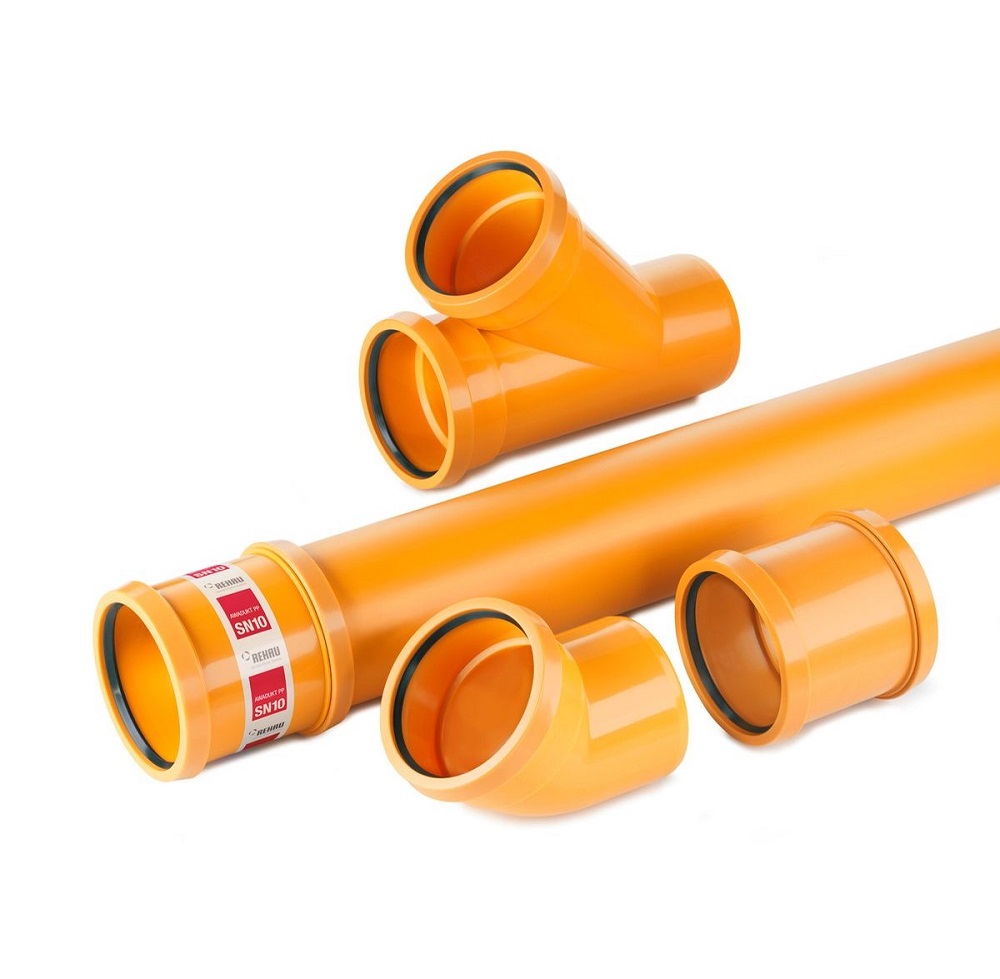Modular washrooms
Recent statistics have revealed less than half of all construction projects are currently completed on time, which has serious implications for the industry as a whole. As a result, contractors like Washroom Washroom are under increasing pressure to deliver projects to incredibly tight deadlines, with virtually no margin for delay as the slightest hold up can have a huge knock-on effect.
Not only are contractors increasingly pushed for time to complete projects, condensed timeframes also mean that multiple trades are now often required to work around each other on site, adding to the pressure and increasing the chance of mistakes being made during the installation process.
“Clients are encouraged to visit the factory and inspect the completed washroom run, meaning any potential issues can be resolved before getting to site”
This is where off-site construction comes into its own as an effective solution to tackle such challenges head on. Off-site ultimately provides a much more efficient way of working, particularly where time on site may be limited or when work has to be carried out in a live environment where it’s simply not an option to vacate the whole building during a refurbishment.
The traditional off-site method, often associated with new builds, involves a series of complete prefabricated modules being transported to site and pieced together quickly, much like a giant puzzle. Although cost-effective where a large quantity of identical modules like hotel bedrooms are required, it doesn’t generally allow scope for individuality of design and as such could be overlooked as a solution for smaller-scale projects.
Outside the box
With this in mind, Washroom has taken a different approach to off-site by creating a process which enables the team to manufacture and build a complete run of washrooms to the exact site measurements in its factory prior to installation.
Designed to be as complete as possible, the washrooms are pre-plumbed ready to facilitate installation on site. Clients are encouraged to visit the factory and inspect the completed washroom run as any minor alterations are easy to make at this stage, meaning any potential issues can be resolved before getting to site.
Once complete, the washrooms are carefully disassembled and stored, ready to transport to site exactly when required, and assembled in a fraction of the time of a conventional build, leaving the way clear for other trades to work and reducing the risk of costly delays.
In recent years, the demand for materials and finishes of an exceptionally high quality has soared, especially in the office sector in London. When dealing with expensive materials, there is no room for error as the finish has to be flawless, to match the quality of the materials used. At the same time, such high specification materials are often difficult to source, which can also add an unnecessary delay to the process. However, by increasing storage space and having a constant stock of these materials, Washroom has taken this factor out of the equation for the most part.
Ensuring clients are involved as much as possible during a project helps to avoid costly changes late in the process. While scale drawings and CAD models are a useful basis to work from, often clients can’t fully visualise the finished design or see how different materials will work together. By creating scaled mock-ups along with 3D printed prototypes of washroom accessories such as door locks, a fuller picture of the finished space is available to clients at an earlier stage.
While considerably quicker and more efficient than traditional construction methods, off-site manufacture doesn’t mean there’s any need to compromise on quality or uniqueness. Using this method, each washroom can still be individually manufactured so that bespoke elements can easily be incorporated into a design to suit a client’s needs.
Taking construction off-site provides the flexibility to work away from the confines of a crowded construction site, helps to prevent any avoidable mistakes and reduces the risk of costly delays by ensuring on site installation is as smooth as possible.




















